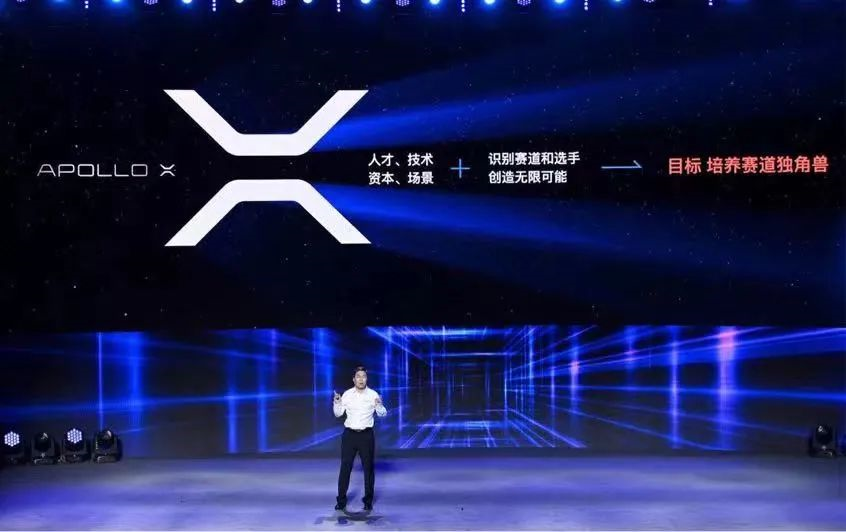Author: James Yang Jianwen
Do you still remember Apollo X?
In December of last year, Baidu held the Apollo Ecology Conference in Guangzhou, during which Apollo announced the Apollo X plan.
At that time, Wang Yunpeng, Baidu’s Vice President and General Manager of the Autonomous Driving Technology Department, said, “Apollo X will identify the most promising tracks and athletes, and further open up the resources and capabilities of the Apollo ecology for them, fully empowering them to help and accelerate their success…” “The letter “X” here represents Apollo’s support in various dimensions, such as talent, technology, capital, and scenarios, and also represents our joint efforts to create unlimited possibilities.”
At the same time, the first partner of Apollo X had already been selected: Lionbridge, a leading company in the freight industry, jointly launched DeepWay, a technology platform company for automated freight transportation.
Nine months later, this low-key company made a high-profile statement, holding its first brand strategy conference and officially launching its first intelligent heavy-duty truck concept product – Star 1.
As the official report says: “The launch of the new vehicle marks another new phase in which Baidu’s entry into the trillion-dollar scale trunk logistics and freight field has reached a substantial product landing.”
Let’s start with the product itself.
Star 1
It should be noted that this concept truck is not yet in a deliverable state. However, through this vehicle, we can still see some of DeepWay’s future mass-produced product ideas.
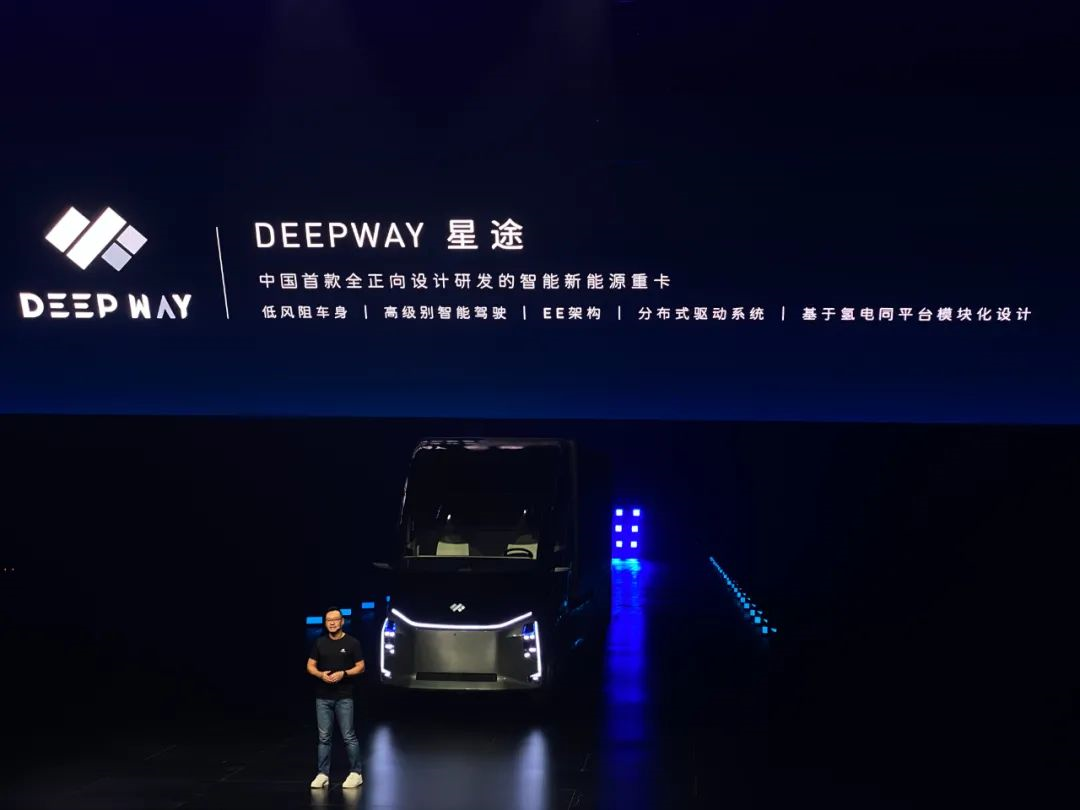
The exterior design of the Star 1 is eye-catching. After adopting the electric platform, there is no longer a need for such a large air intake grille to dissipate heat for the engine, so the front face of the Star 1 is closed off. At the same time, the exterior adopts a streamlined design, aiming to reduce the vehicle’s air resistance and effectively save energy consumption.
Generally speaking, the drag coefficient of traditional fuel platform heavy-duty trucks is greater than 0.6, while the drag coefficient of the Star 1 is 0.35 (PS: the smaller the drag coefficient, the better), which is an extraordinary improvement.
In terms of power, from the traditional centralized drive to a distributed drive, the use of direct-drive electric motors can achieve the highest efficiency of up to 94%.
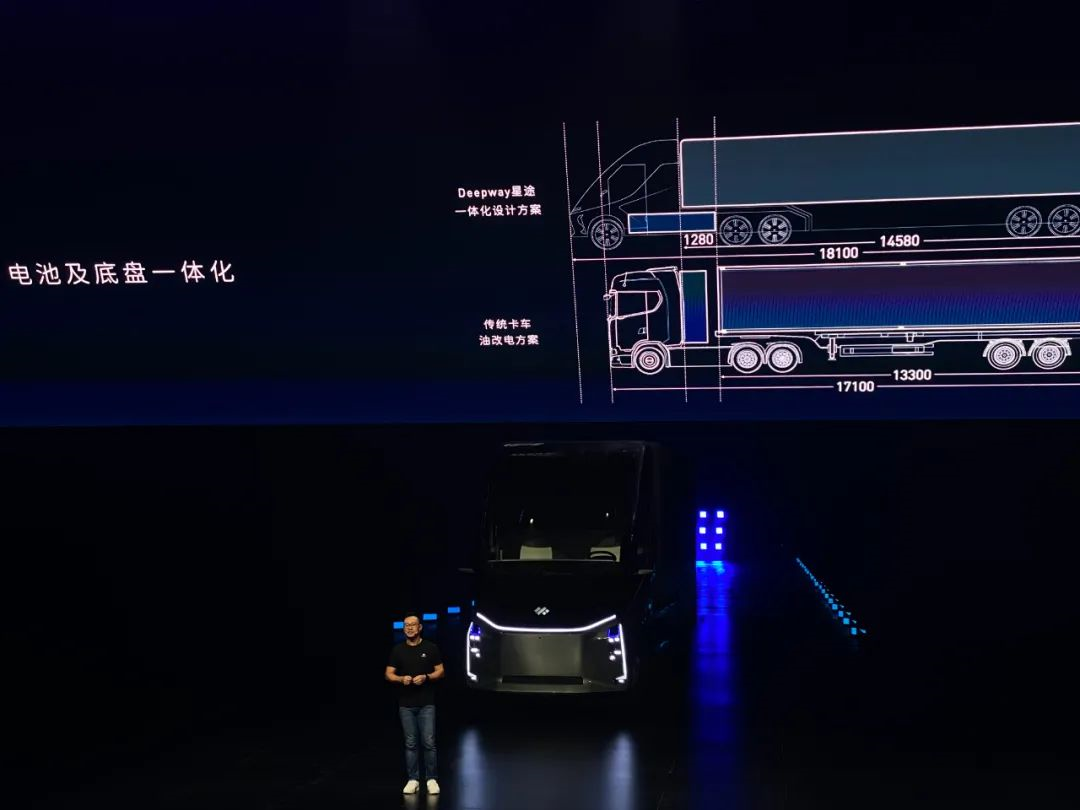
The Star 1 uses the same concept as modern passenger cars: the battery is placed flat on the chassis, which lowers the vehicle’s center of gravity, making driving safer. At the same time, this design can optimize the cargo space. Compared with gasoline-electric trucks of the same level, the cargo volume rate of the Star 1 can be increased by 9.6%.Regarding the range performance, the Star Travel 1 is equipped with a 450 kWh lithium iron phosphate battery pack developed jointly with its partners. It can travel 300 kilometers under a full load of 49 tons.
As for energy replenishment, the Star Travel 1 supports “rechargeable and replaceable” technology. It can be fully charged at 1C within an hour, although the power requirement for the charging station may be very high.
For long-distance routes, the Star Travel 1 offers a battery swapping solution that can be completed in just six minutes.
In addition to lithium batteries, DeepWay also considered hydrogen fuel cells in the initial design. “Once the hydrogen fuel cell power route is mature, the Star Travel platform can be immediately loaded without the need for major platform changes.”
What interests me more is its intelligent performance. The Star Travel 1 uses a brand new “multi-domain fusion EE architecture,” which makes it more efficient in controlling and upgrading the whole vehicle, reducing the entire vehicle wiring harness by more than 50%, and expanding its computing power to 500 TOPS.
This computing power is not low, but after seeing the layout of domestic new car manufacturers with starting computing power of up to 1000 TOPS, I am not too surprised.
As for sensors, the Star Travel 1 uses 10 cameras, 5 millimeter-wave radars, and 3 infrared detectors, achieving more than 1000-meter ultra-long-distance perception, and a vehicle-wide end-to-end 100-millisecond perception execution.
The Star Travel 1 also reserved an interface for laser radar to be connected at a suitable time and reserved V2X capability. Once suitable equipment supports it, the vehicle can be immediately upgraded with stronger perception capabilities.
At the system level, the Star Travel 1 obtained exclusive authorization from Baidu for autonomous driving and comes with L3 autonomous driving capabilities from the beginning.
“We hope to use the Star Travel 1 to quickly verify and iterate our vehicle hardware and all software related to autonomous driving in a positive study and strive to achieve Level 4 unmanned driving capabilities within 3-5 years in the future.”
As for cost and price, DeepWay did not reveal it at the press conference but they said, “it is definitely affordable.” They also displayed a PPT comparing the overall costs of traditional fuel heavy trucks and Star Travel 1.### Conclusion
As mentioned at the beginning of the article, this marks a new stage where Baidu enters the trillion-dollar-long-distance logistics and freight competition in a substantial way that will be a certainty product landing.
But I want to add a word: accurate, precise and substantial product landing.
After all, it will take two more years for the actual production of this product.
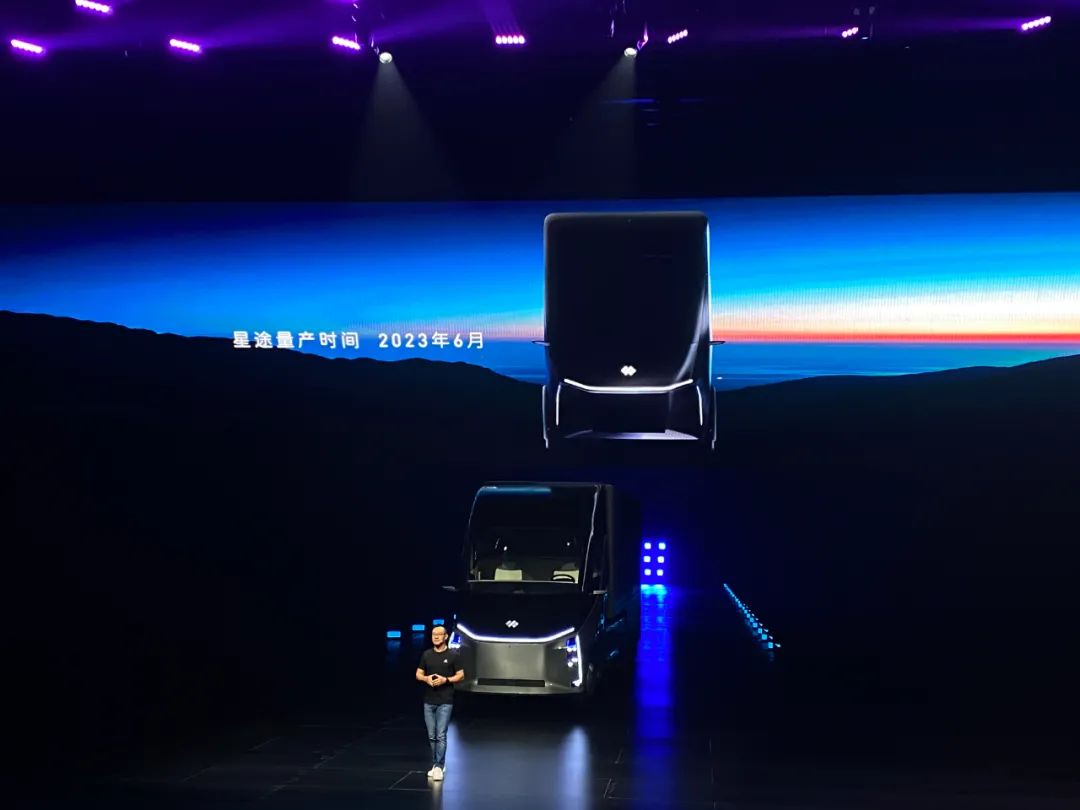
This time is not short. Two years is enough time for many things to happen because the speed of technological progress is simply too fast.
Let me give you an example. At the NIO Day earlier this year, NIO announced that they would launch “the world’s first mass-produced 8 million pixel automatic driving high-definition camera” on the ET7, starting deliveries in the first quarter of 2022. However, a few months later, the upgraded LeapMotor IDEAL ONE achieved the mass production and delivery of 8 million pixel cameras ahead of NIO.
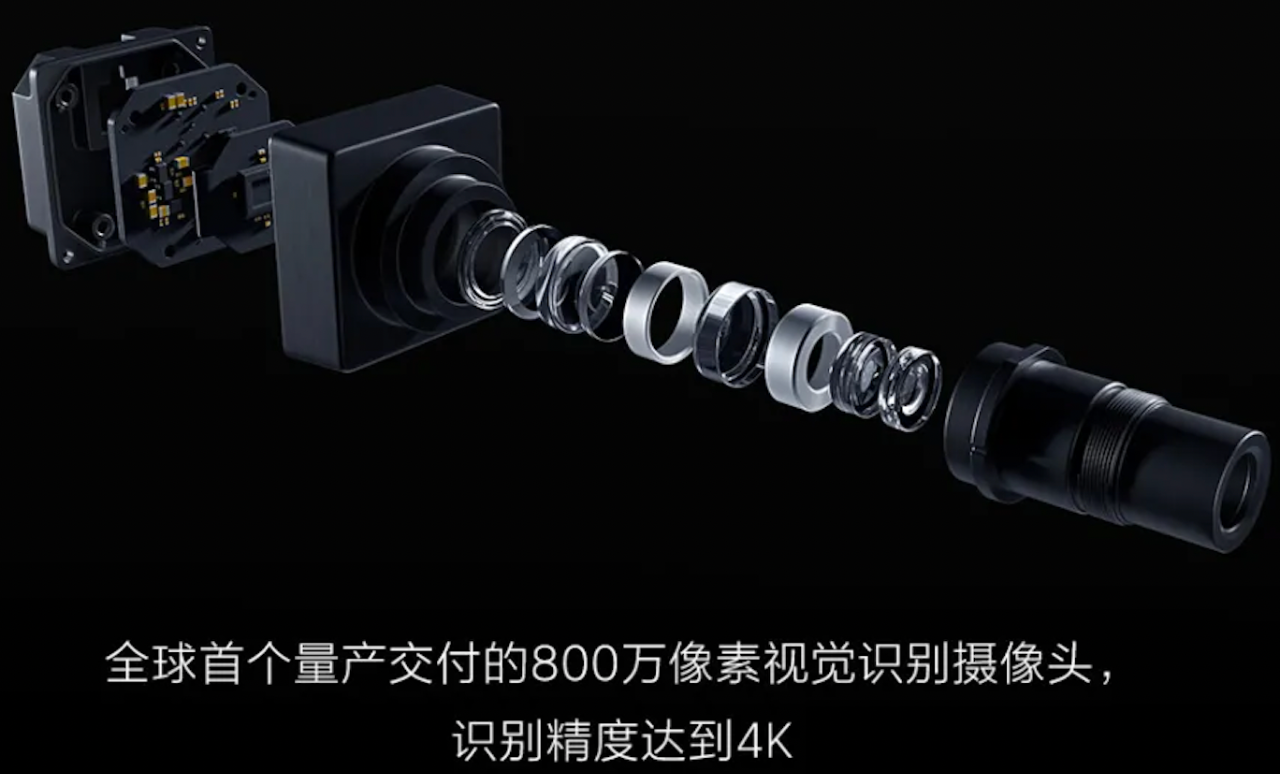
Therefore, I still have the same concerns about the DeeyWay Star 1.
Currently, the various parameters of the DeeyWay Star 1 are indeed impressive, but what about two years later? By then, a fully loaded 300-kilometer endurance may become outdated, and the maximum 500 TOPS computing power may only be an entry-level device.
Moreover, from an industry perspective, DeeyWay is not the only one targeting the freight field, and other companies such as Xiaoma Zhixing, Wenyuan Zhixing, and even the earliest unicorn TuSimple have already sought IPOs, while the autonomous driving leader Waymo is also keeping a watchful eye overseas. And this is the current situation.
So what about two years from now?
Who knows?
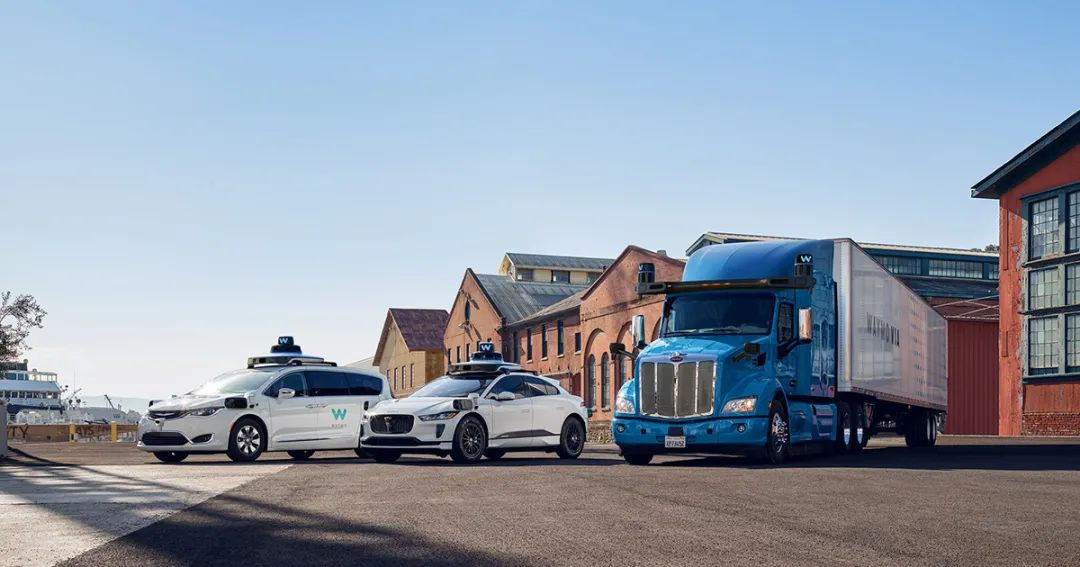
Therefore, for Baidu, DeepWay, and Shi Qiao, although the concept car has already been released, this is not a time for celebration, but rather a time to be more alert: on the one hand, the entire product development rhythm needs to be accelerated, and on the other hand, industry developments must be continuously monitored, to ensure that their products remain at the forefront of the industry.
How far will DeepWay grow in two years? We will continue to pay attention.
This article is a translation by ChatGPT of a Chinese report from 42HOW. If you have any questions about it, please email bd@42how.com.
